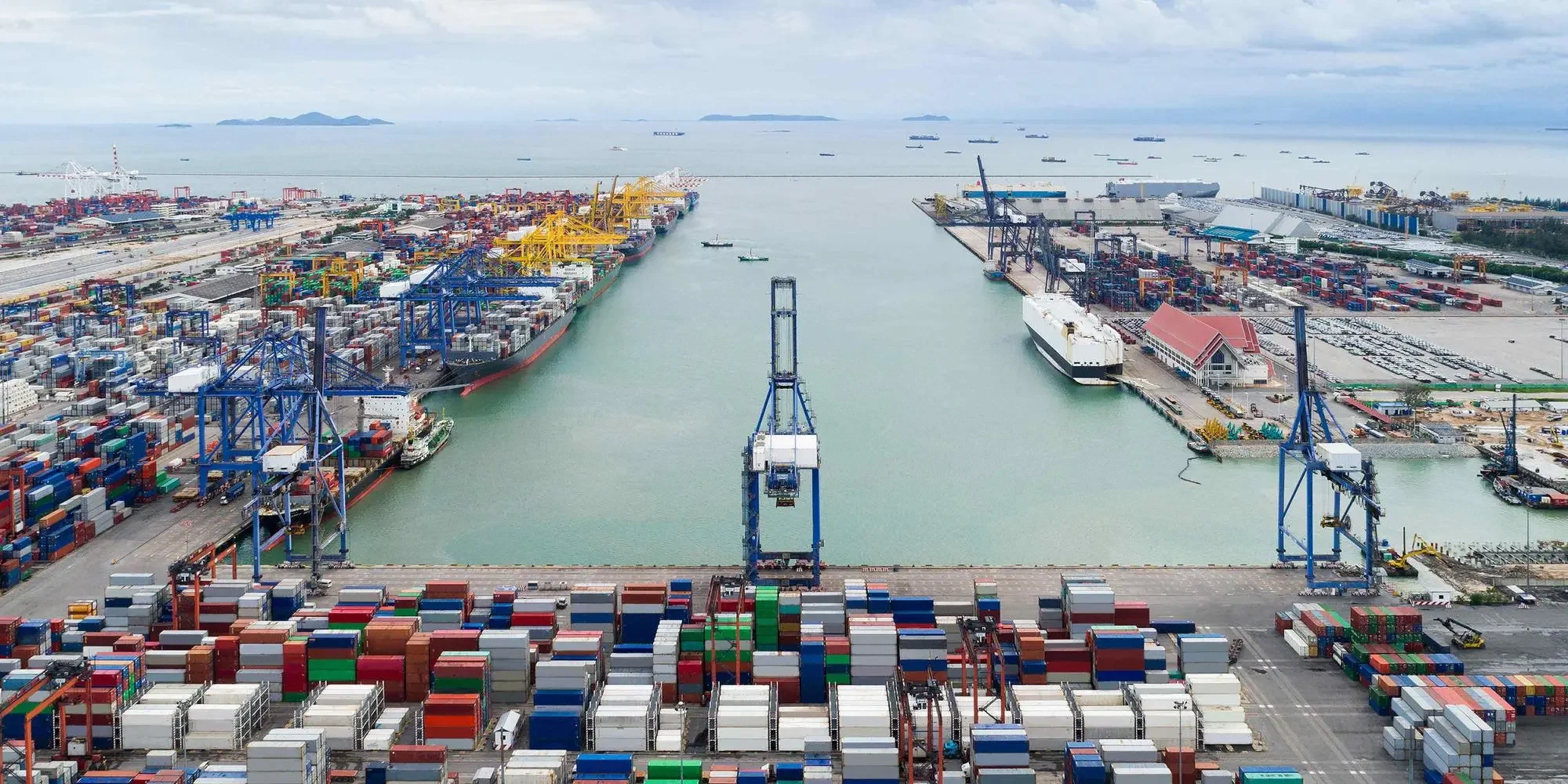Towards sustainable shipping with low emission solutions

Maritime is the third largest source of global transport emissions while carrying 90% of the world’s trade. Simultaneously, global brands are increasingly committing to net zero value chains. Consumer and brand demand for more sustainable shipping is subsequently building up. This underlines the sustainability of the whole value chain, including logistics and shipping.
Cargo owners and shipping companies need to reduce emissions while ensuring safe, high-quality, and cost-efficient operations. The answer to this conundrum lies in the constant research and development of sustainable fuels.
Liquid low emission fuel alternatives are emerging rapidly.* For example, renewable diesel made from waste and residue raw material is one of the most cost-competitive choices in reducing CO2 emissions of transportation. Low emission fuels can help companies already today—their business as well as their customers—prepare for the zero-emission challenge and the ensuing wave of regulation.
Co-processed fuels are a novel approach to reduce GHG emissions
Reducing global greenhouse gas emissions is an enormous task and challenge. There is no silver bullet and therefore all solutions are needed. Neste wants to reduce its customers’ emissions by offering them higher value products in which crude oil has been replaced by renewable and circular raw materials. Our target is to co-process up to 1,4 million tons of renewable and recycled raw materials annually by 2030 at our Porvoo refinery in Finland.
Neste’s co-processed marine fuel – Neste Marine 0.1 Co-processed – is a new tool which allows maritime companies to reduce their GHG emissions up to 80% over the lifecycle compared to fossil fuels. They are produced through a conventional refining process, where fossil-based raw materials are partly replaced with renewable raw materials. All Neste Marine™ fuels are manufactured with components from Neste’s own refinery, which ensures the consistent quality, product reliability, compatibility, and stability.
In addition to low emission co-processed bunker fuels, there are three main biofuel alternatives in the markets.
First is HVO, or hydrotreated vegetable oil, mainly produced from waste and residues such as used vegetable oils and animal fats. Next is trans-esterified fuel such as FAME, or fatty acid methyl esters. The third is crude biofuel, such as those made from soya, rapeseed, palm oils, fish fat, UCO, etc.
There are also several niche solutions, to be used in a particular type of vessel in a particular market, but a lack of technically ISO 8217 compliant mature ones.
Neste keeps investing in reducing emissions
Neste's renewable products offer solutions for reducing the carbon handprint of its customers in the road transportation, aviation, and polymers and chemicals sector. We are committed to transformation towards a carbon neutral value chain. Our two existing and ambitious climate commitments – reaching carbon neutral production (including our own Scope 1 & 2 emissions) by 2035 and helping our customers reduce their greenhouse gas emissions by at least 20 million tons of CO2e annually by 2030 – are well on track.
We have also set a concrete target for Scope 3 emissions to reach a carbon neutral value chain and reduce the use phase emission intensity of sold products by 50% by 2040 compared to 2020 levels. This target will be achieved through Neste’s transformation towards increasing the share of renewable and circular solutions as well as working with our suppliers and partners to reduce emissions across our value chain.
As low emission shipping turns from ambitions into real actions, we will continue to offer our expertise to enable the marine sector to meet the IMO’s 2050 target of zero-emission shipping and, along with our partners, set the course for a cleaner future at port. Change finds a way when we work together.
* Source: IHS Markit forecast
Share this
